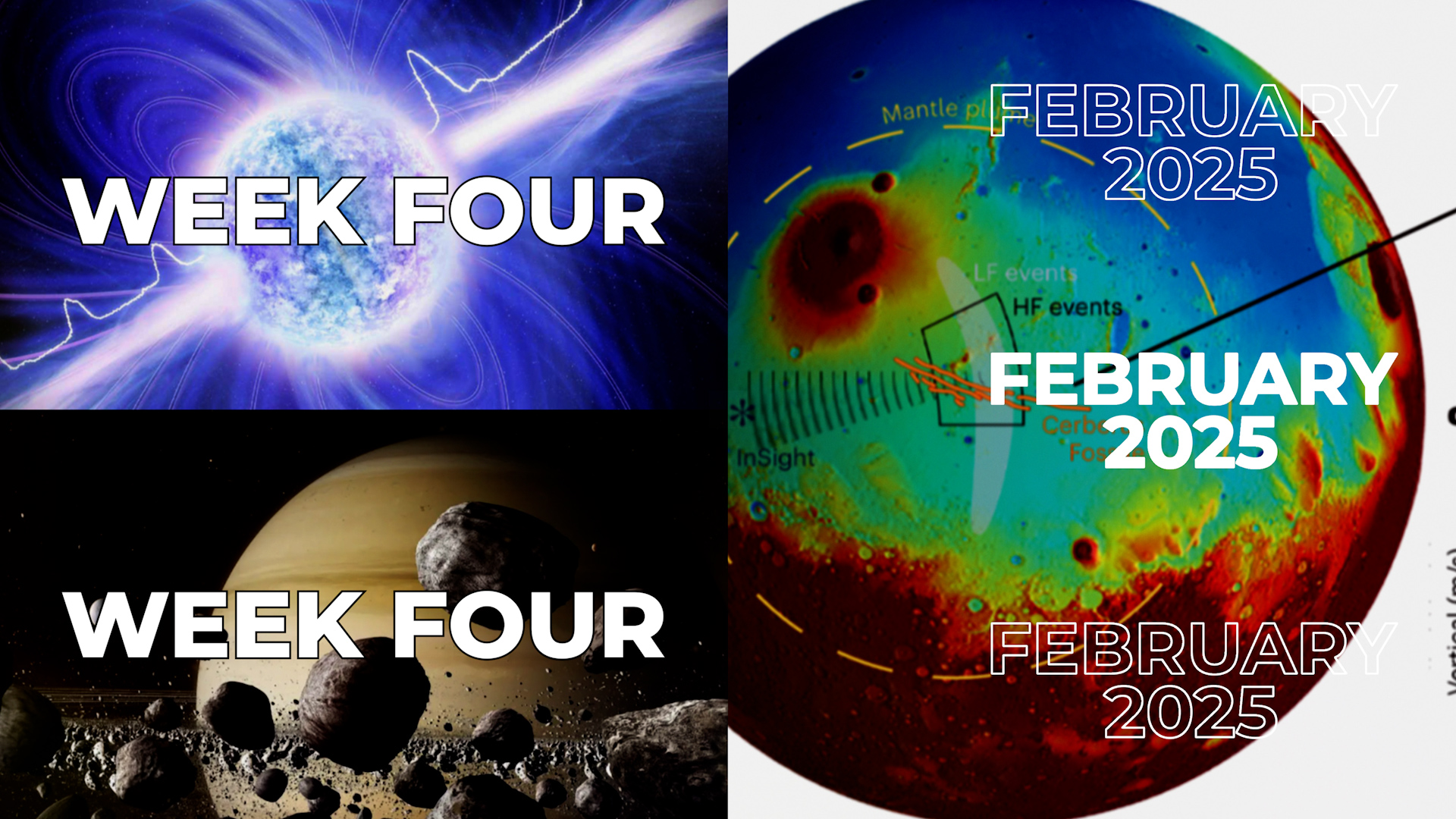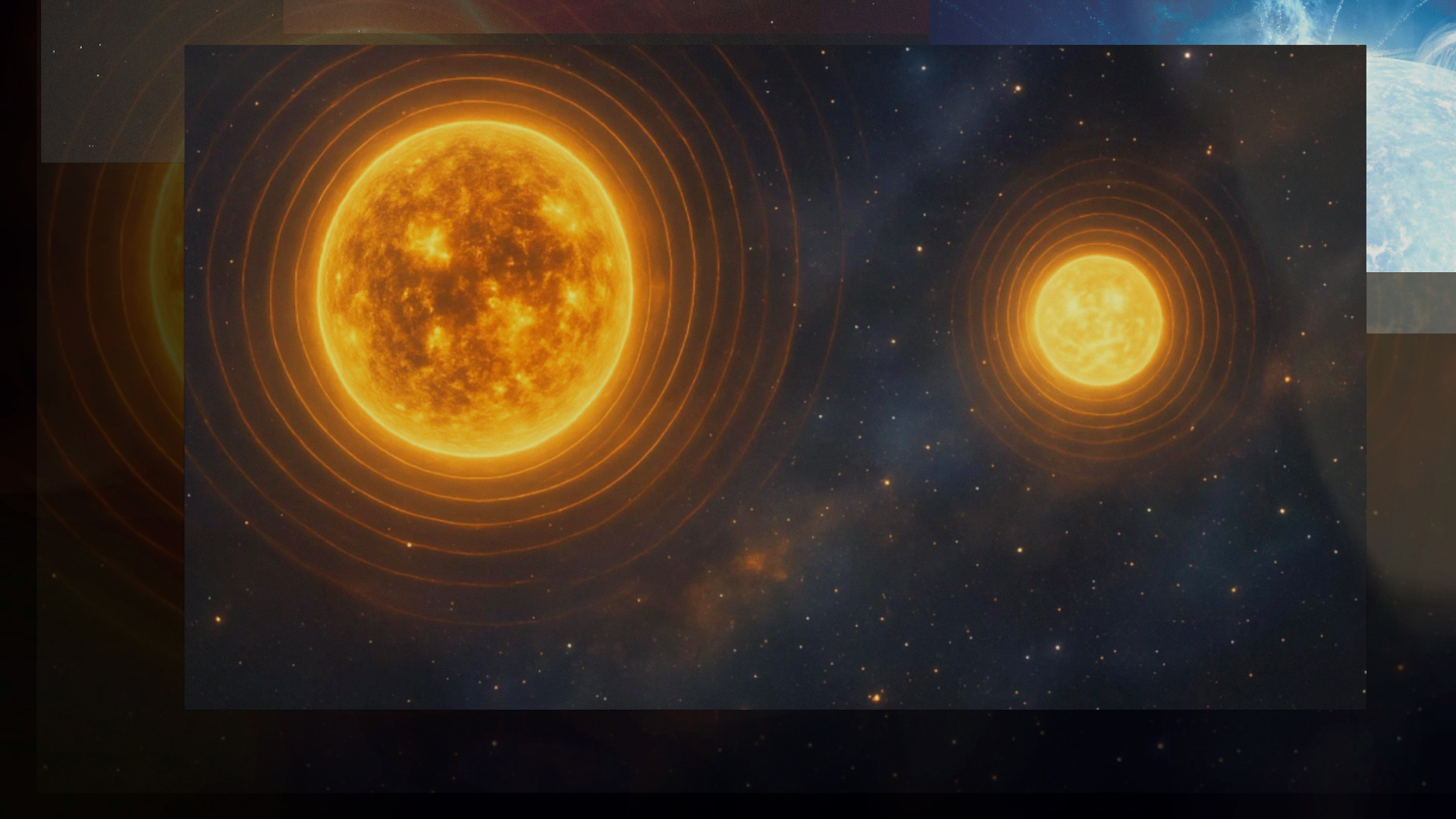Magnetars are a type of neutron star and the strongest magnets in the Universe. At roughly 8,000 light years away, this magnetar is also the closest known to Earth. Most are known to emit polarised light, though the light this magnetar is emitting is circularly polarised, where the light appears to spiral as it moves through space.
Dr Marcus Lower, a postdoctoral fellow at Australia’s national science agency – CSIRO, led the latest research and said the results are unexpected and totally unprecedented. Dr Manisha Caleb from the University of Sydney and co-author on the study said studying magnetars offers insights into the physics of intense magnetic fields and the environments these create.
Detecting radio pulses from magnetars is already extremely rare: XTE J1810-197 is one of only a handful known to produce them. It was first observed to emit radio signals in 2003. Then it went silent for well over a decade. The signals were again detected by the University of Manchester’s 76-m Lovell telescope at the Jodrell Bank Observatory in 2018 and quickly followed up by Murriyang, which has been crucial to observing the magnetar’s radio emissions ever since.
Studies of magnetars such as these provide insights into a range of extreme and unusual phenomena, such as plasma dynamics, bursts of X-rays and gamma-rays, and potentially fast radio bursts.













